Everything You Need To Make Matcha at Home Posted on 7 Aug 01:55 , 2 comments
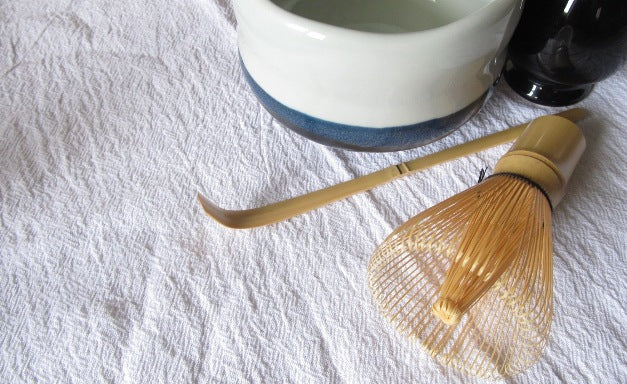

Sometimes we get messages from our customers. Most of our customers are Matcha lovers and have already tried many brands. And some of them have visited Japan. Today we got a message from the UK.
Order #6811 - Konichiwa Ritsuo- San, I am just messaging to say Arigatou gozaimashita for the delivery of my matcha, which I received today. Your note inside the package made my day as it brought back memories of my trip to Japan in November 2019 and the reason I fell in love with Japan.
Thank you, Mr. Sandeep!

I first tried high quality organic matcha when I was living in Sapporo, Japan. Thanks to a friend, I had the opportunity to experience a Japanese tea ceremony with 3 other friends!
We went to the home of a friendly and welcoming woman who was dressed in elegant kimono. I wasn't sure what to expect as she ushered us into a lovely little tatami-floored room.
We were concerned about making foolish mistakes during the ceremony, but our host put us at ease with encouragement and jokes. We settled onto the floor in the traditional Japanese sitting pose, but of course we were not able to maintain the pose for the entire ceremony. Our host was very understanding and invited us to adjust our seats as needed. I could tell that the most important thing for her was to share the beauty and peace of the ceremony. Her enthusiasm and love for the tea ceremony was expressed in each graceful movement she made.

When she opened the small wooden jar containing the matcha powder, I was surprised by the vibrancy and depth of the green of it, since I had only ever been exposed to cheap and low quality sencha tea-bag style green teas back home in Canada. High quality matcha tea powder is green like the forest on a spring day, and is just as pleasant and refreshing.
We enjoyed watching the meticulous process of the tea ceremony, and we were impressed by the care and attention shown by our host. She made the ceremony look both simple and incredibly complex at the same time! Eventually she passed me a beautiful little bowl of gently steaming matcha. After twisting the bowl this way and that(I'm sorry I can't recall the meaning behind this), I had my first sip of high quality matcha green tea.
There was a wonderful, creamy frothiness to start, followed by an earthy yet smooth green tea flavor. The flavor matched the color of the powder I had seen - vibrant and unique, but not glaring or garish.
Of course, there was also the warmth of the caffeine, and I realized as I finished my matcha, that the feeling was entirely different from that of caffeine from coffee. Matcha left me with an invigorated yet mellow feeling, with none of the jittery jangles that can result from coffee.
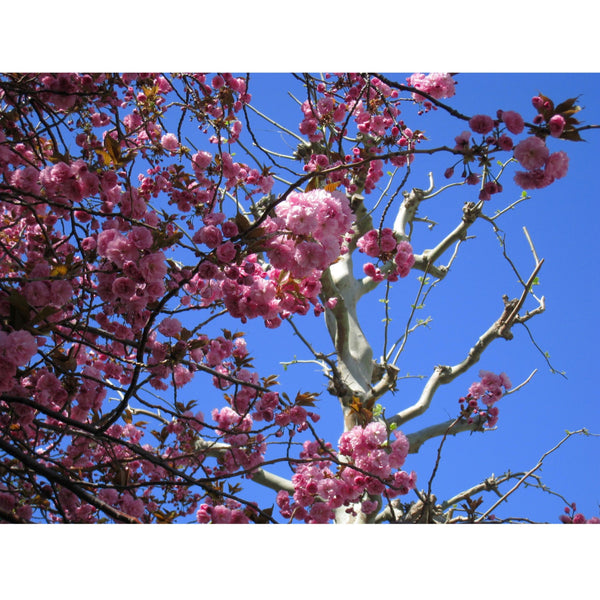
Now that I'm back home in Canada, organic matcha green tea is a special treat for me, and I'm thankful I had the chance to try it for the first time in Japan! I'm also thrilled to find that people in Canada are becoming more aware of the advantages of high quality organic matcha, and what a lovely drink it is!
- N. Christensen
Matcha Green Tea has a very long history. In modern matcha green tea factories, the latest machines are used to enhance the quality of matcha and to produce under sanitary condition. Watch and learn how matcha green tea is powdered and put it into tins!
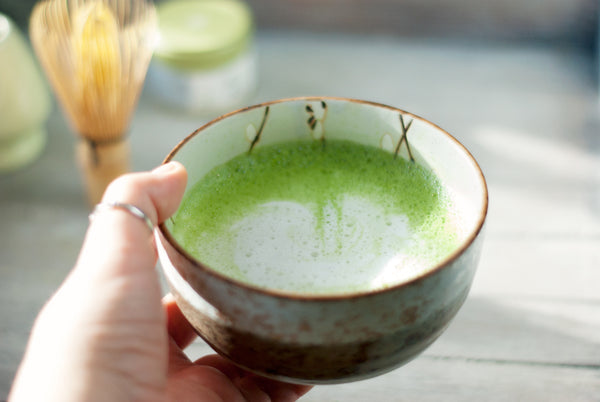
If you drink Matcha for its health benefits, one or two cups a day is enough, but it is more important to drink the tea for long periods rather than drink large amounts for short periods.
The amount of caffeine per 2g of Matcha is said to be more than a cup of tea but less than a cup of coffee. For this reason, children, pregnant women, breast-feeding women and people suffering from insomnia are advised to avoid drinking Matcha green tea.
Matcha contains catechin, which prevents iron absorption. Therefore, it is a good idea to avoid drinking Matcha before and after meals, especially if you are anaemic.
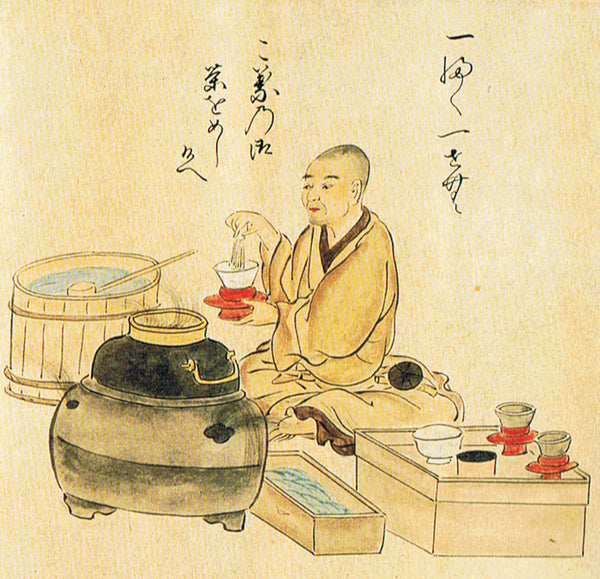
The history of Matcha dates back about 800 years. Matcha was originally used as medicine for people who wished for perpetual youth and longevity. The only thing that is accurate about the health benefits of Matcha is that even though it does offer many health benefits, it does not offset poor life habits like smoking, eating too many sweets, drinking alcohol to excess, too little physical exercise, etc. From its history, we may infer that Matcha can contribute much to your good health.
Looking for the best organic matcha green tea in Japan? Your matcha is HERE!

As matcha green tea is becoming popular worldwide, you can easily find matcha green tea that is not made in Japan. Usually the price of them is much less expensive.
The method of making Matcha was developed in Japan after the introduction of green tea powder into Japan from China. The most distinguishing feature of Japanese Matcha is the use of a Tencha oven. This oven was invented in Japan and is called a Horii-type Tencha oven (see the picture below). All Tencha ovens in Japan are said to be of the Horii type.
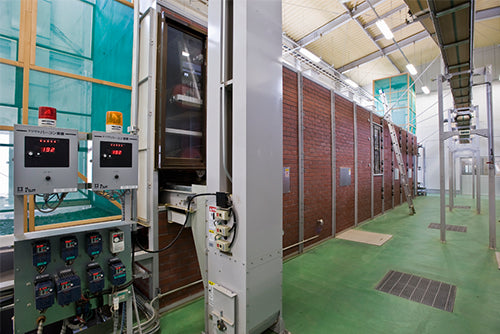
Another important feature of Authentic Matcha Green Tea is that it is made from some special cultivars that were developed in Japan exclusively for making matcha. Some of them are Samidori, Asahi, Gokou, etc.

The water temperature is recommended to be about 80℃ / 176℉
If the temperature is higher than that, more catechin will be released and the taste of the tea will become more bitter. Please remember that this temperature is very important to make delicious matcha tea!

Sifting matcha powder is important not to make matcha clumps in your matcha tea.




Enjoy your delicious Matcha Tea!
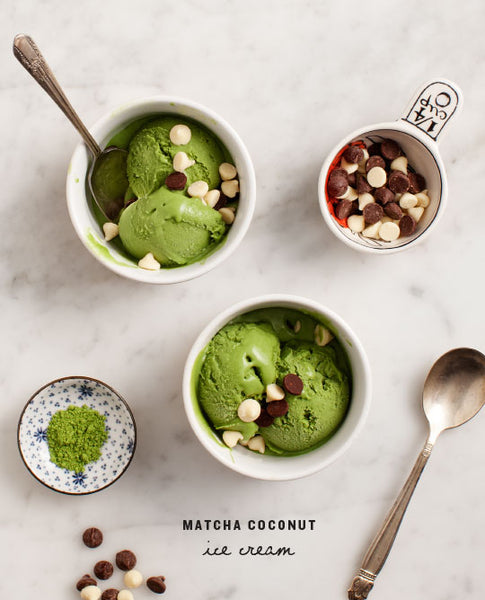
There is no definition for culinary / cooking grade Matcha. Conscientious tea companies are using low grade Tencha, which is not suitable for drinking, to make culinary grade Matcha by either stone mill or machine. Therefore, the price of the tea is much cheaper than authentic high grade Matcha. In Japan it is said that only one third of Matcha (including culinary / cooking grade Matcha) is made from Tencha. So what is the left of them? They are green tea powder made from Sencha (most common Japanese green tea). Therefore they are not Matcha technically.